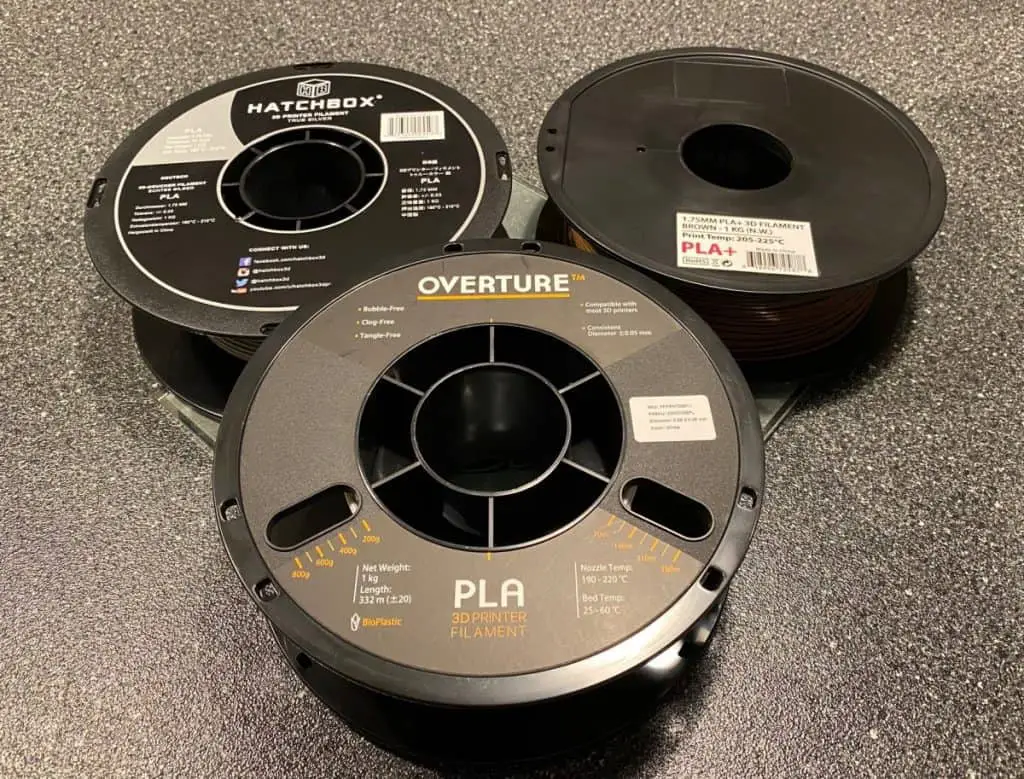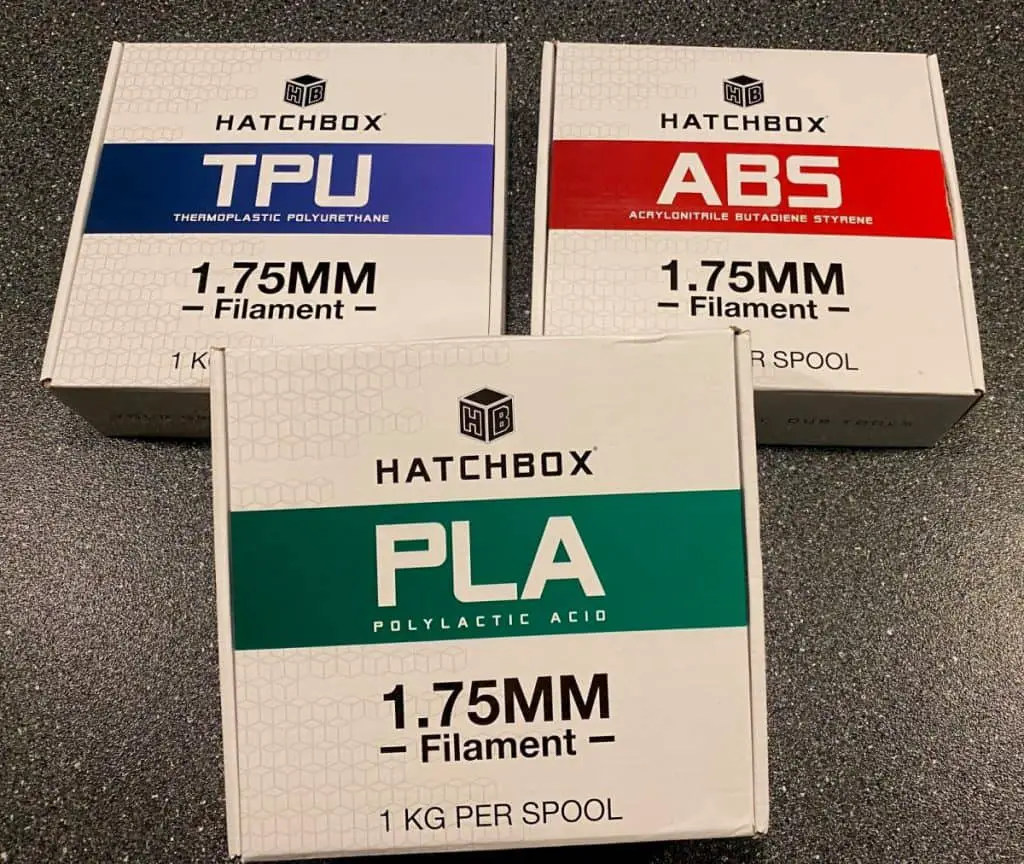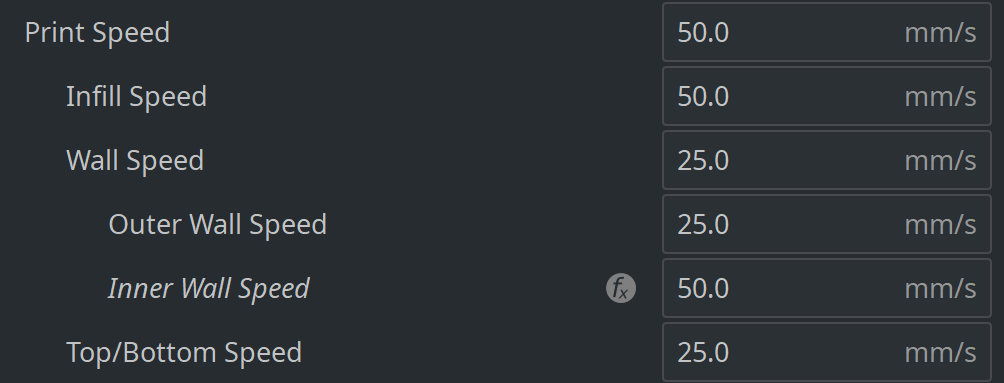One of the things that most people know about 3D printers is that these machines use thermoplastics, such as PETG, as the materials for the 3D model. What a 3D printer essentially does is that it melts the plastic and will essentially form the model steadily using the melted plastic. But what we also know is that plastic, when melted, can produce toxic fumes. So, does PETG 3D printing produce toxic fumes as well?
PETG 3D printing is the safest form of filament 3D printing we have today. That means that PETG 3D printing is not toxic, especially when compared to other types of 3D printing. In fact, PETG 3D printing uses the same kind of PET we used in bottled water but with the addition of glycol.
We are often told that plastics, when exposed to heat, can be quite toxic. While there is no assurance that PETG 3D printing is totally safe (as it may still be harmful to the environment, like all plastics), what you can be sure of is that there are no pieces of evidence that can prove that PETG emits toxic fumes that can be harmful to our overall health.

What is PETG?
When we talk about plastics or polymers, the thing you need to know is that there is more than one type of plastic. Different materials and products use different types of plastic, even though most people only recognize one type of plastic.
That said, even 3D printers use different types of polymers for the 3D models that they print. One such material that is commonly used by 3D printers is PETG or polyethylene terephthalate glycol. But what exactly is PETG?
Most of us are probably familiar with PET, and that is because PET is usually the type of plastic that is commonly used for bottled water. And the reason why PET is commonly used for bottled water is that it is comparatively safer compared to other types of plastics. The only exception is when it is exposed to too much heat because that is when toxins tend to leach out.
Going back, polyethylene terephthalate glycol or PETG is simply the same as PET but with the addition of glycol as one of the components of the polymer. This is a thermoplastic polyester that is very durable and easy to form whenever manufacturers use it. On top of that, it is very resistant to different types of chemicals, and that is another reason why PET is preferred as a container for water and even food.
But, because of the addition of glycol, PETG is actually a lot more durable and resistant to impact compared to PET. And while PET often gets criticized for leaching harmful chemicals when exposed to heat, the glycol component in PETG allows this plastic to be much more resistant to heat. That means that it is less likely to leach chemicals compared to the common PET material.
Another great thing about PETG is that it has a low forming temperature, which basically means that you can easily form it through a lot of different means such as vacuum or pressure forming or heat bending. This is the reason why it is often used for commercial applications. Manufacturing companies love the fact that PETG can easily be formed, and that is also why it is a good material to use for 3D printing.

How is PETG used in 3D printing?
As mentioned, PETG is one of the most popular materials used for 3D printing. And one of the reasons why it is so popular is that it is a very durable material that is easily formed without having to expose it to very high temperatures.
In that regard, it is very easy for 3D printers to use PETG as a material when forming 3D models that aren’t too brittle and are quite durable. PETG is known for being hard and impact and chemical-resistant. This allows it to form different 3D models that are durable and very stable even when exposed to extreme temperatures.
When used by 3D printers, PETG usually has an extrusion temperature that is somewhere between 220 and 260 degrees C, and that is why you need to use a heat tray that is not more than 80 degrees C so that it won’t end up warping. Meanwhile, 3D printers often need a printing speed of about 40 to 60 mm/s when printing using PETG.

Is PETG 3D printing toxic?
One of the things that people often say about plastic is how harmful it is to the environment and how it can emit different types of toxic materials that are unhealthy to us. This is the case when plastic is heated. While it may be true that plastics are indeed harmful to the environment, the same is not always true when it comes to how toxic some plastics are. In that case, does PETG 3D printing emit toxic fumes?
No, 3D printing using PETG is comparatively safer compared to other types of 3D printing. There are no pieces of evidence that show that the fumes that PETG emits when it is melted through the process of 3D printing are harmful or toxic to our health. That said, PETG is actually one of the safest modes of filament 3D printing there is because of how relatively non-toxic PETG is compared to other polymers like ABS. And PETG fumes don’t even smell anything at all, and that is not something you can say about all types of polymers or plastics.
While the fumes may not be toxic, it still is better to use a 3D printer that uses PETG in a room that is properly ventilated because you don’t want the fumes to take up the space of oxygen in the room. Doing so will minimize the health risks involved with the fumes emitted by polymers such as PETG.
In fact, PETG is so safe that it is often used as a container for different types of beverages and food. As mentioned, PET or even PETG is popularly used for bottled water and other types of beverages. And because PETG is resistant to chemicals, it can be sterilized well enough without having to worry about bacteria.
All that said, you shouldn’t worry about using PETG whenever you are 3D printing because this is one of the safest materials used in filament 3D printing. Still, it is important to practice safety. And that is why we said that it is best to always use your 3D printer in a room with enough ventilation that will allow the fumes from the 3D printer to escape and dissipate into the atmosphere.
Related Articles
- All About 3D Printer Plastic
- Can You Drill Into and Cut 3D Printed Plastic?
- Does PLA Need to Be Kept Dry?
- Can You Spray Paint PLA? Details Inside!
- Best PLA Glue – The Answer Inside!
- Can I Dry Filament in Microwave? (Details Inside)
Make sure you check out our YouTube channel, and if you would like any additional details or have any questions, please leave a comment below or join us on Discord. If you liked this article and want to read others click here.

Do you have a video about PETG, I was saved by using you video on Marlin Auto and have go my machine doing some cool things now I watched the TPU video and I am experimenting with that today, I would like to try the PETG but I have read horror stories about broken glass etc. Thanks, also a quick question about Cura m600 layer changed it looked like it skipped a layer on my I am going to try again tomorrow on that one tho….sorry for ranting.
Steve
Hi,
I don’t have a video out now, but it is on my backlog. The m600 command should not skip a layer. Make sure you don’t knock the x-axis when moving things around.